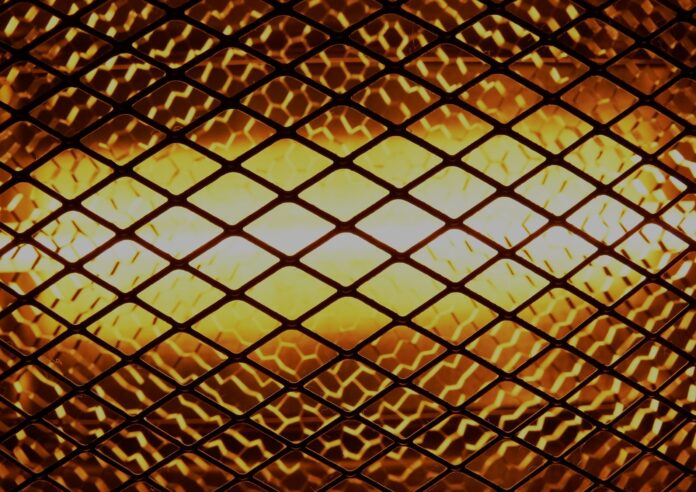With the ever-increasing demands placed on equipment to perform and last longer, it’s important to consider the best materials for high-temperature services and applications. Finding the right material can help you increase productivity, reduce damage and improve safety—all while saving your business money in the long run. Let’s explore how to select the right one for high-temperature services and applications!
Types of High-Temperature Materials
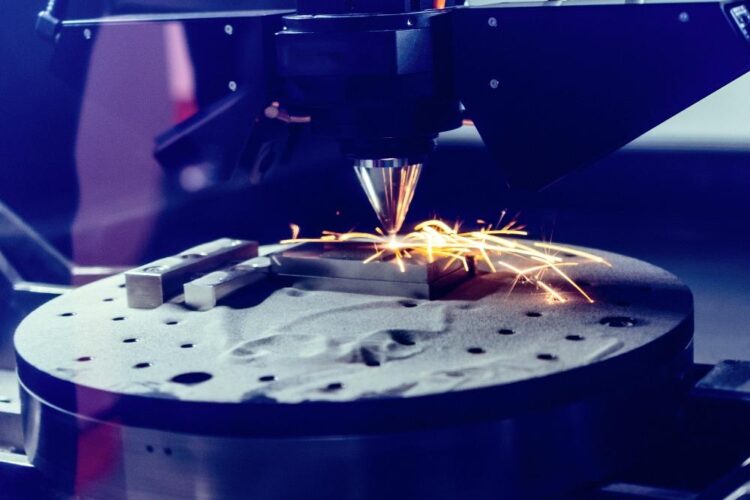
When performing high-temperature services and applications, it is essential to use the best heat resistant materials to ensure performance and longevity. There is a wide range of high-temperature materials available for these demanding operations, each with unique properties and characteristics suited for specific applications.
Ferrous Metals: They can be used in a variety of environments, from light fabrication to heavy forging operations. Known for their superior tensile strength, common alloys in this group include 4340, 8620 and 4140 steel as well as 300 stainless grades. However, ferrous ones are subject to thermal stress cracking at higher temperatures over 800°F (426°C).
Non-Ferrous Metals: Non-ferrous metals offer the advantage of corrosion resistance, lower weight and greater flexibility than those found in ferrous metals. Common alloys include aluminum, copper alloys such as Monel or Hastelloy or nickel-based alloys such as Inconel or Incoloy. Non-ferrous are strong at temperature levels up to 1000°F (537°C) but tend to suffer thermal deterioration over time if operated continuously at that heat level or higher.
Ceramic: A mix of ceramic fibers, polymers and refractory binders can be used in combination to create materials able to withstand extreme temperatures up to 3000°F (1649°C). These combinations offer superior insulation capabilities against heat from the atmosphere and other sources such as torches or furnaces. Some ceramic material examples include silica cloths and boards and specialized refractory wraps.
Graphite: Graphite is an excellent heat conductor often used instead of more typical metals due its strength at high temperatures. Phenolic resins are generally used as binders when shaping graphite for a particular application – e.g., parts for high-temperature furnaces or autoclaves – offering superior performance properties resistant to harsh chemical solvents environments with continuous exposure up to 500 °F (260 Celsius).
Selection Criteria for High-Temperature Materials
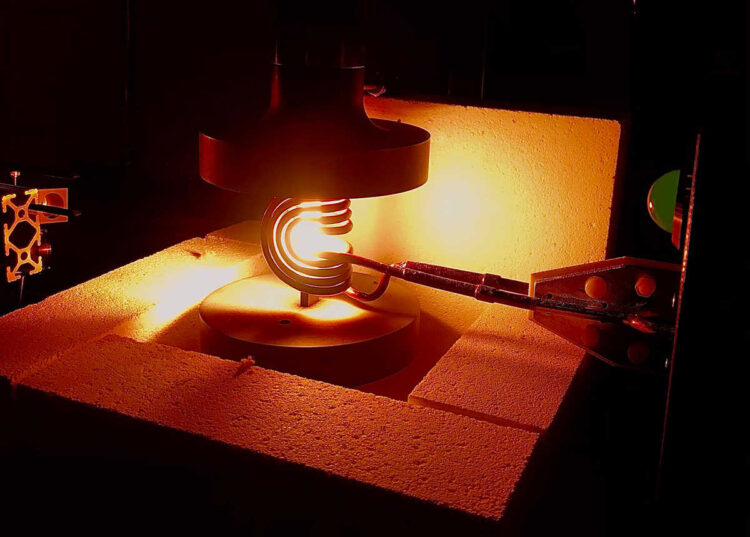
When selecting materials for these services and applications, a number of factors should be taken into account. Different ones provide varying thermal and mechanical properties, as well as corrosion resistance, so it is important to assess each material against the requirements of the specific application. The selection criteria that should be considered for high-temperature services include:
Mechanical Strength: It is also important to consider the mechanical load-bearing capacity of materials when dealing with high-temperature applications. In general, selection should take into account both strength under static and dynamic loading conditions, as well as its resilience under repeated cycles of thermal cycling between ambient heat and operating heat.
Corrosion Resistance: Many metals are subject to corrosion when exposed to extreme heat levels or certain aggressive elements in the environment. Corrosion-resistant coatings can provide additional protection against various corrosive agents present during high-temperature operations such as acids or alkalis.
Heat Capacity & Thermal Conductivity: Heat capacity refers to how efficiently a material can absorb or release heat energy without changing its temperature while thermal conductivity deals with how quickly the material transfers energy through conduction (i.e., direct contact). High heat capacity materials are ideal for applications where large amounts of energy need to be stored or released quickly over time while good thermal conductivity allows efficient cooling processes which prevent local hot spots from forming within components/structures during operation.
Popular High-Temperature Materials
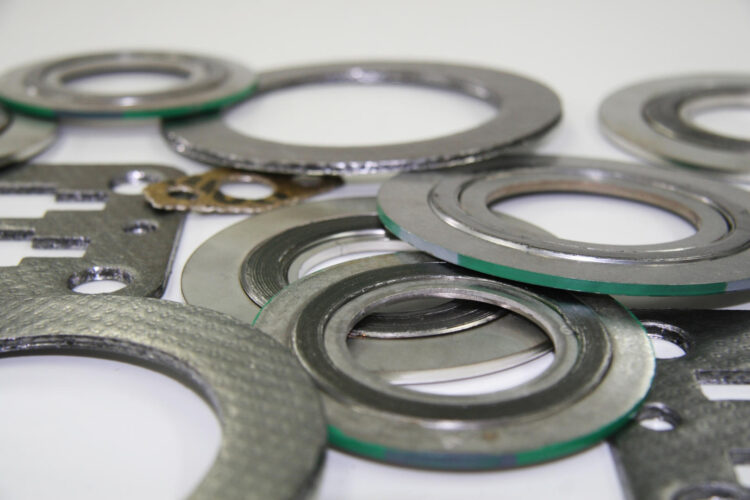
When selecting a material to use in this kind of service or application, it is important to understand the characteristics of the different materials in order to make an informed decision. There are many of them available, each with its own advantages and disadvantages. Popular ones include stainless steel, nickel alloys, titanium alloys, copper alloys and high-nickel austenitic stainless steel.
Stainless steel is one of the most common options due to its versatility. This polished material has excellent corrosion resistance and can withstand temperatures up to 1,400°F (760°C). It is available in several forms such as Type 303, 304 and 316 which are suited for different applications.
Copper alloys are more expensive than stainless steel but they provide excellent strength while performing well under high-temperature applications like furnaces and heat exchangers. High nickel austenitic stainless steel provides supreme performance when exposed to thermal cycles as well as maintaining their strength at extreme temperatures ranging from -320°F (-195 °C) up through 1,400°F (760 °C).
Tips for Working with High-Temperature Materials
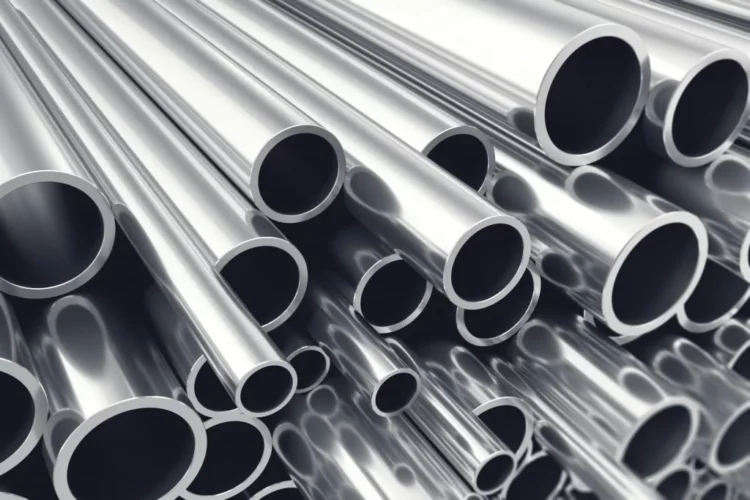
When selecting materials for services and applications that involve high heat, it is important to take all factors into consideration. Knowing the material’s properties and how they will perform under extreme temperature conditions is essential. Working with them also presents safety concerns, so caution is always advised.
When working with any item that can reach extreme temperatures, here are some tips to ensure a successful outcome:
- Know the properties of the material you will be working with, including its stability and susceptibility to embrittlement at high temperatures or after cooling.
- Consult your supplier with any questions about the material for advice on best practices in using it.
- Make sure appropriate safety equipment and monitoring capabilities (if needed) are available for user protection against potential hazards such as fire or burns.
- Test sample pieces (if possible) before designing a final project to ensure that the materials can handle your design requirements.
- Determine what type of hoisting device will be required to safely move large components when hot.
- Assess risk associated with electrical power sources in order to protect equipment from overloading or overheating due to voltage differences between regions of the world or other electrical considerations such as ground resistance or insulation resistance testing if applicable.
- Check drawings thoroughly before manufacturing large components as any errors could cause injury or damage during installation.
- Ensure proper ventilation as some high-temperature environments can generate toxic fumes or gases that are hazardous to human health if not adequately vented away from people in the vicinity of hazardous areas during use.
Conclusion
In conclusion, selecting the right one for operating in a high-temperature service environment can be challenging and deserves careful attention. Even ones that may have similar properties can occasionally require small modifications or changes when being used in high-temperature services and applications. Taking the time to select the proper material for your specific application, using sound engineering judgment, and ensuring that all safety protocols are followed will help to ensure the successful operation of your process.

